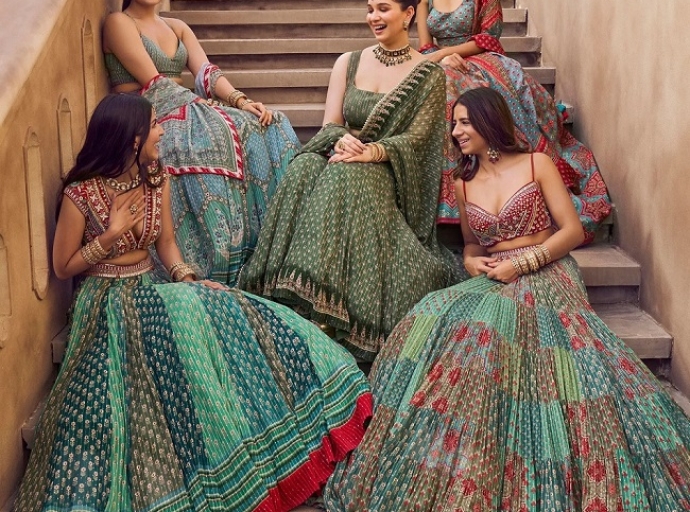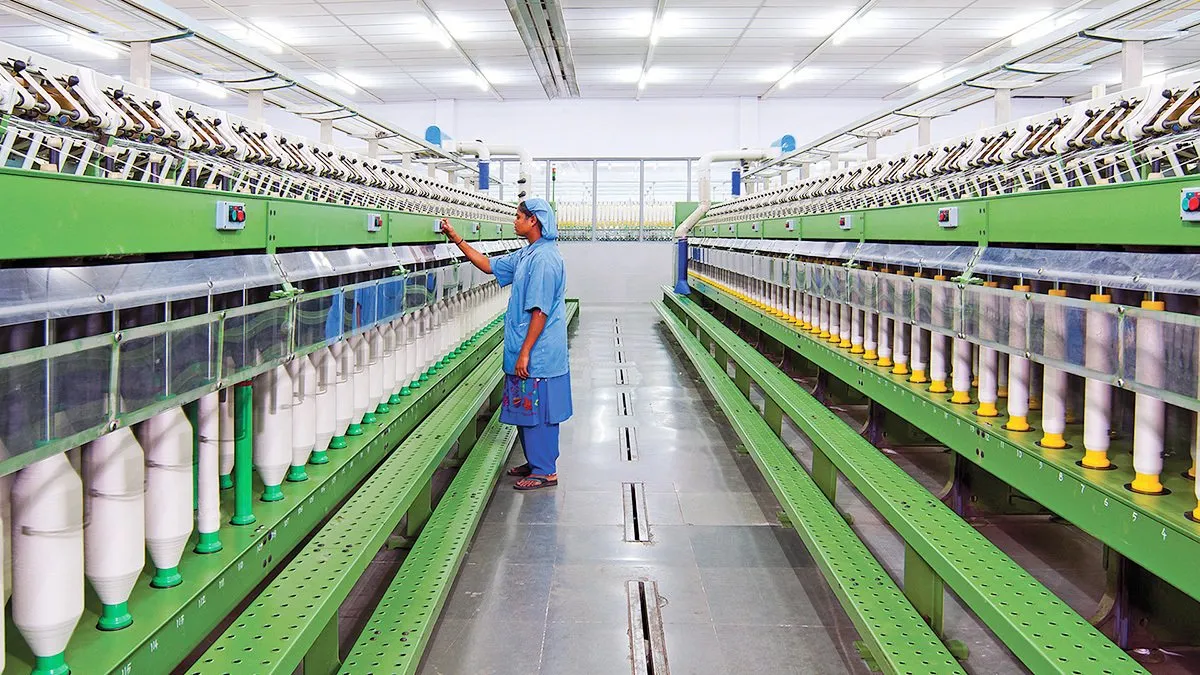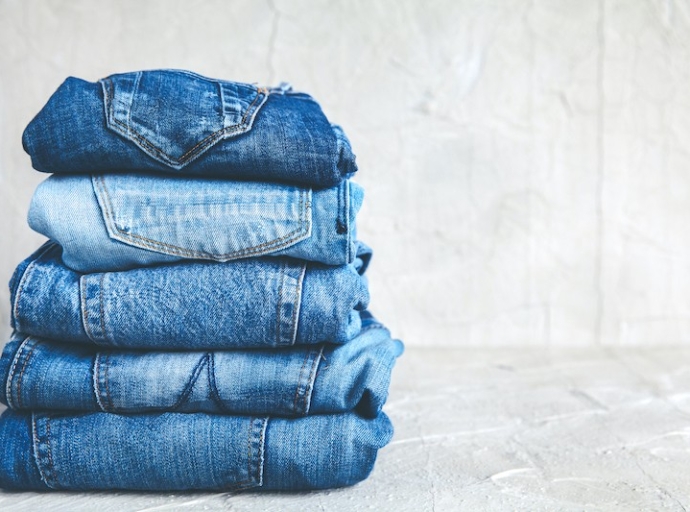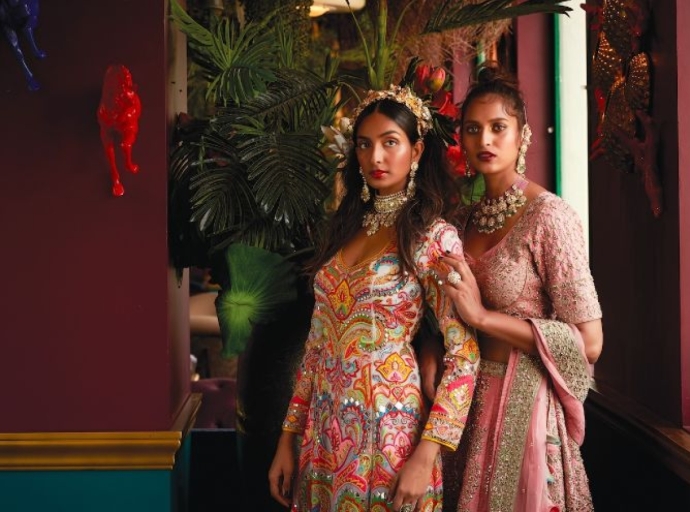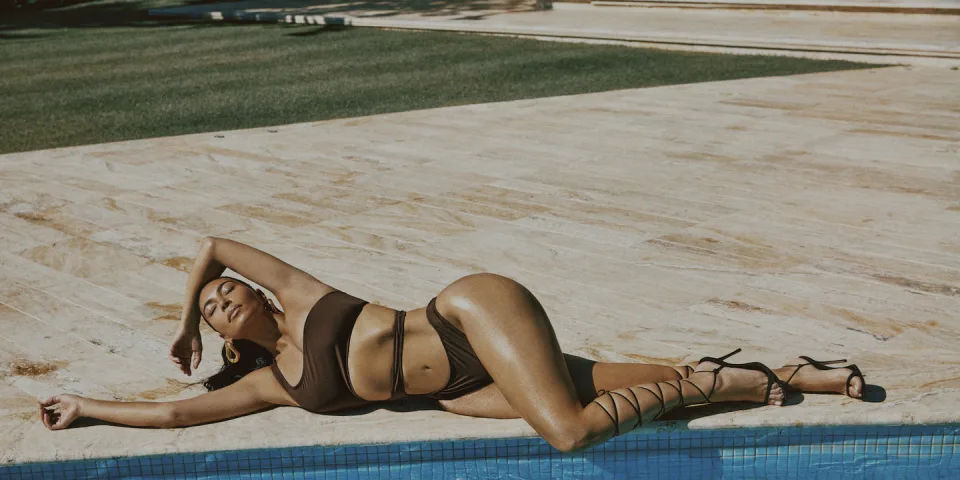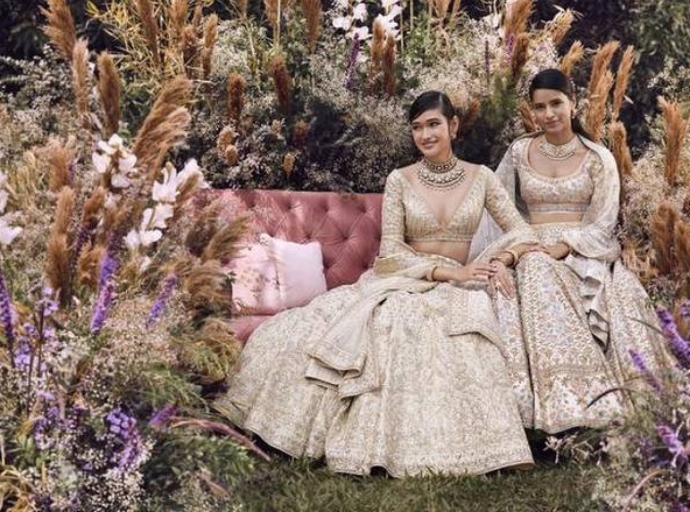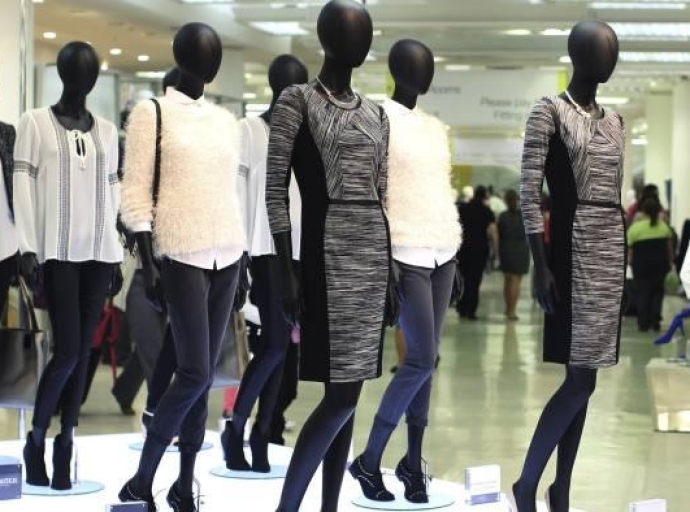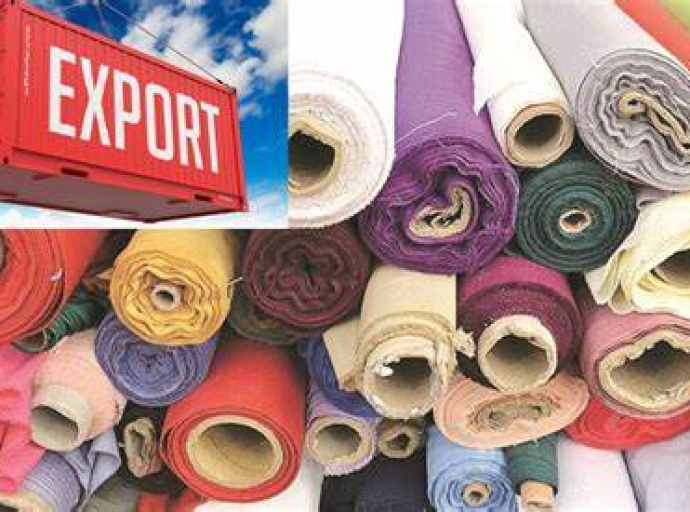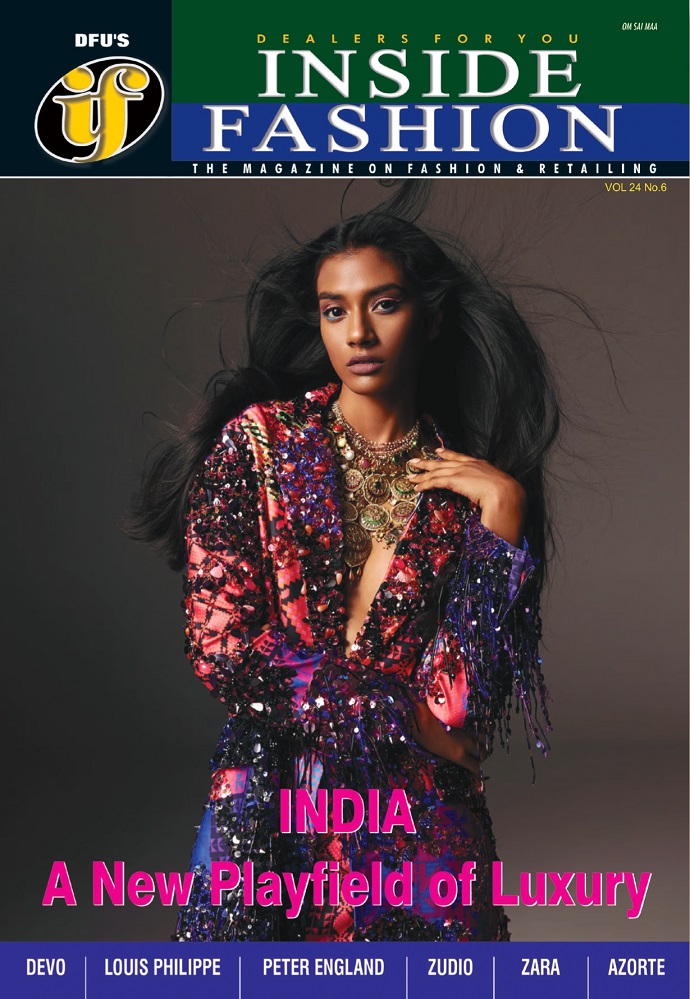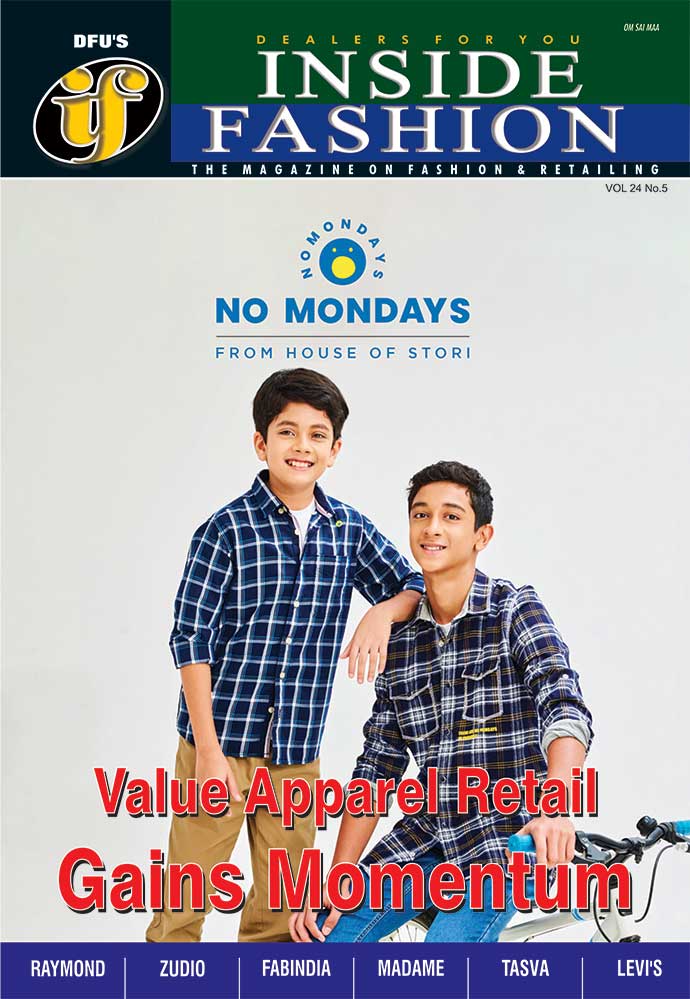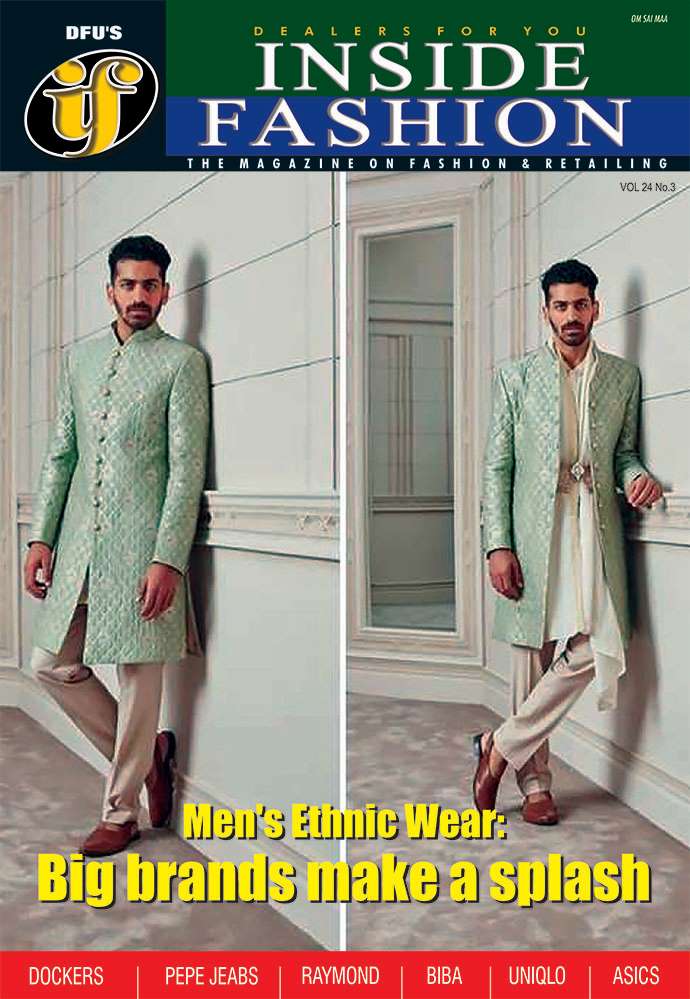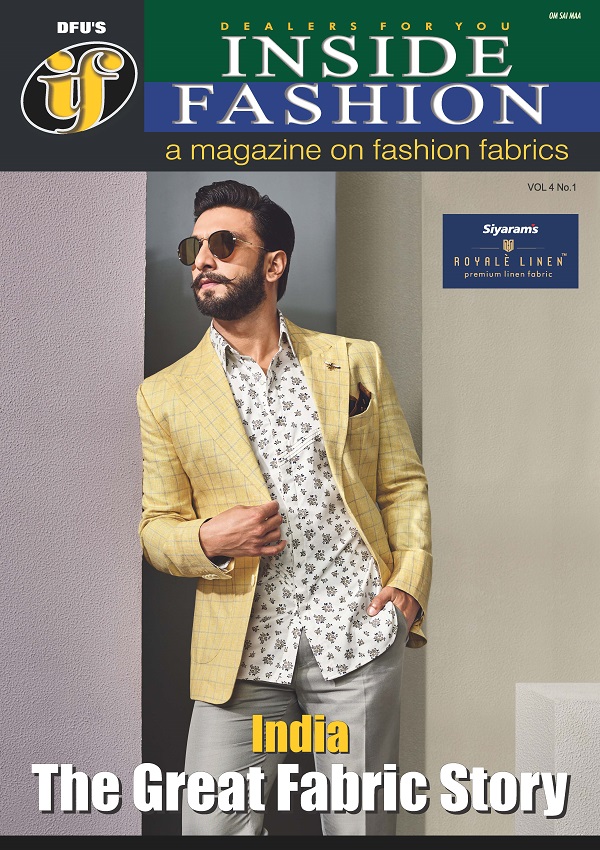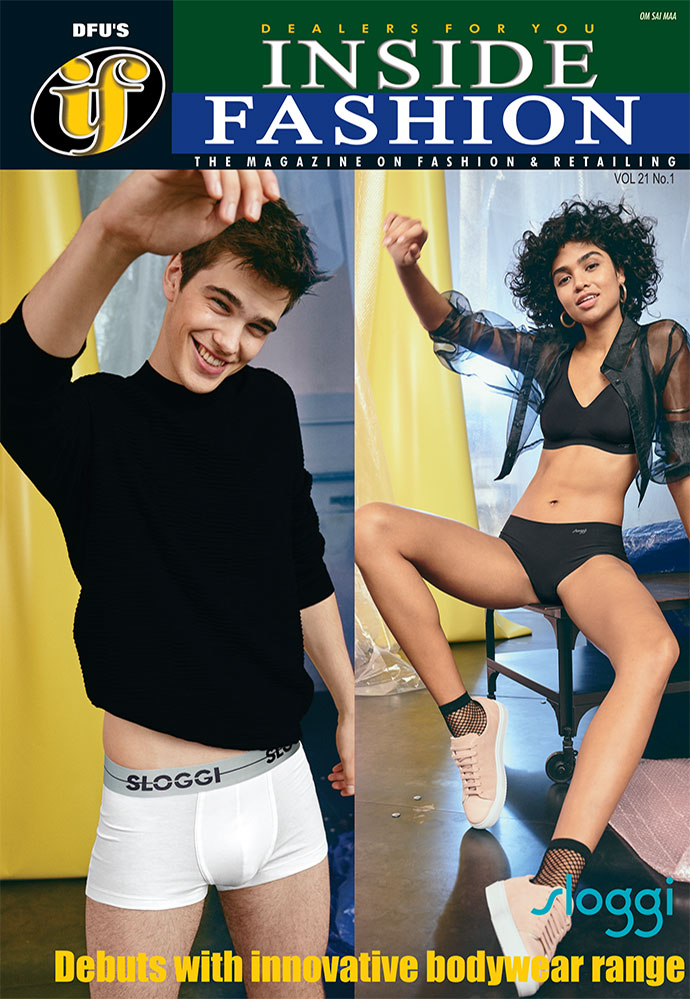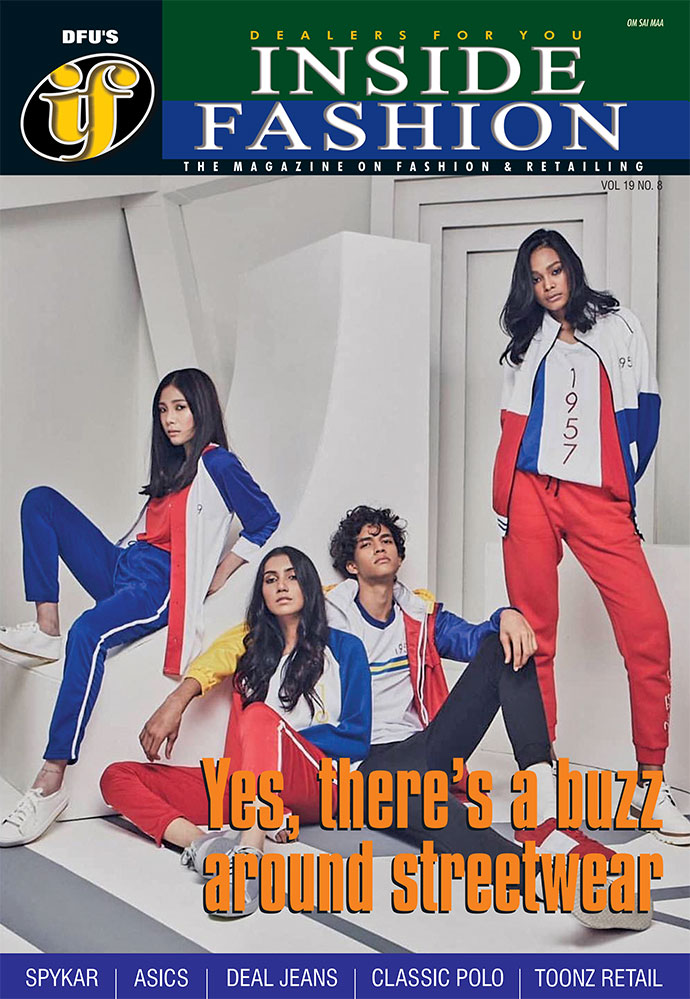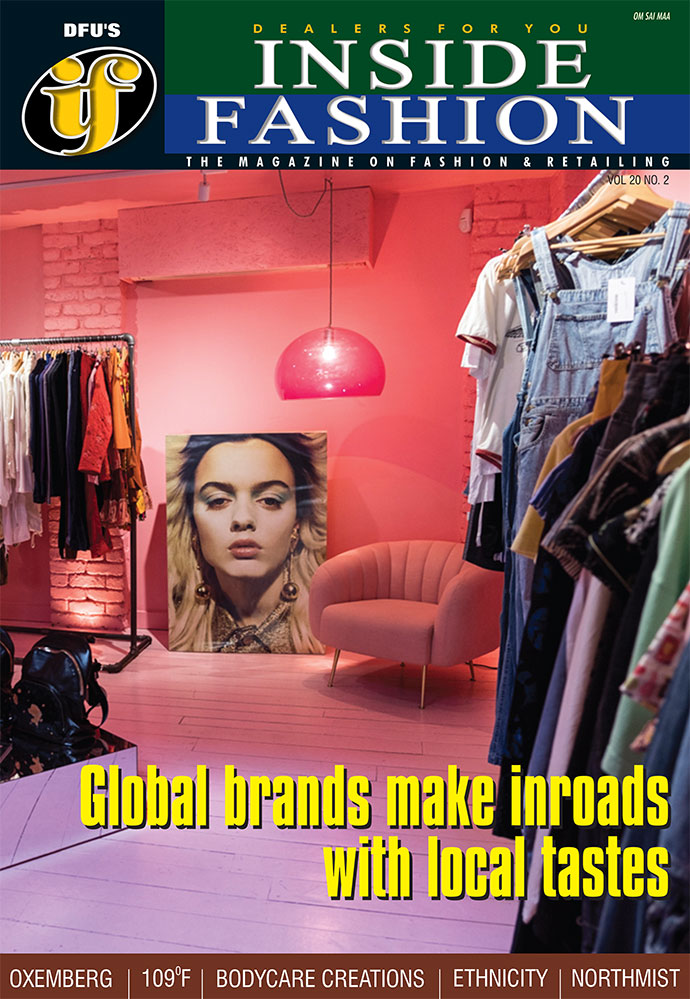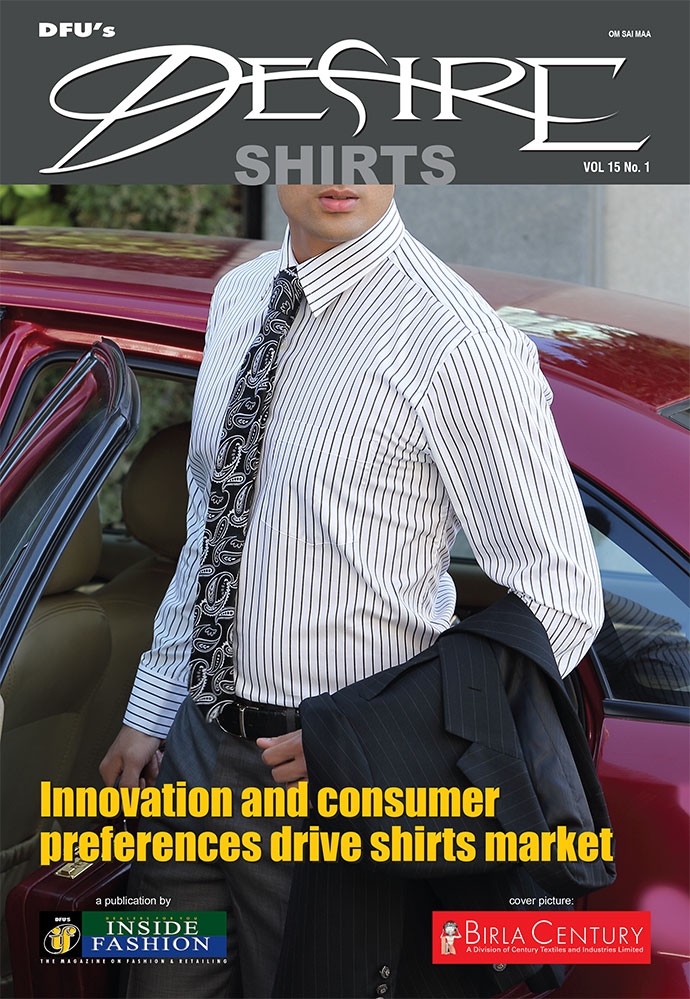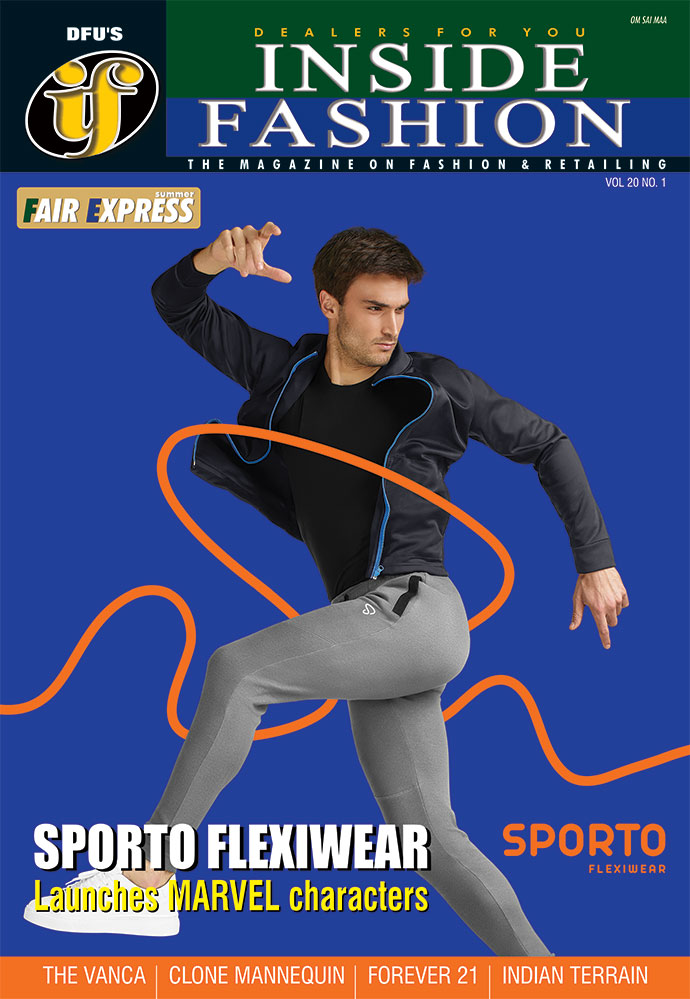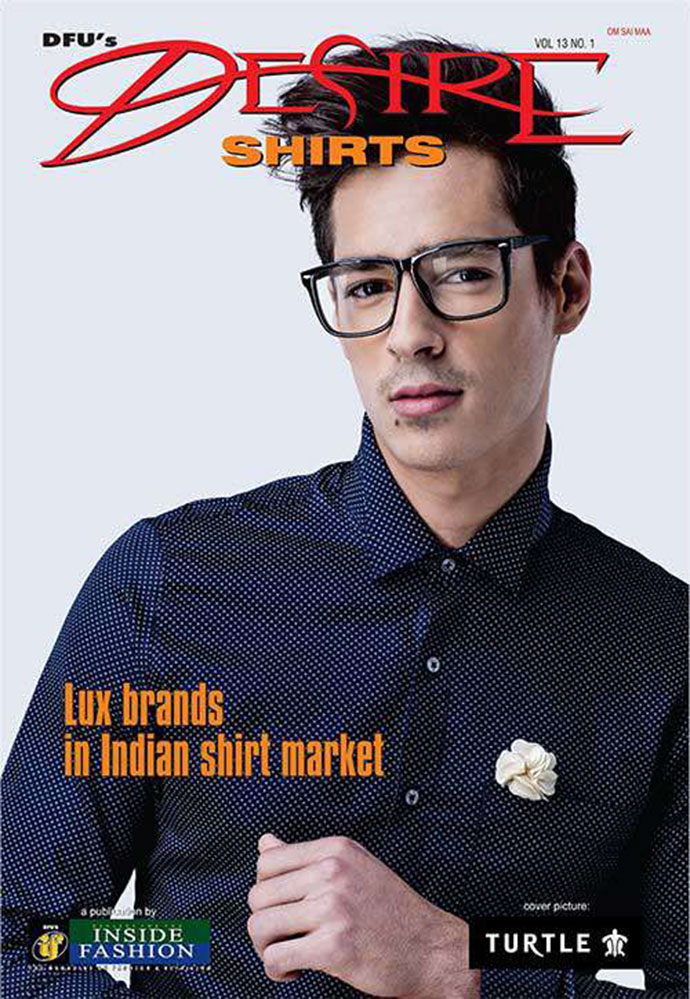05 July 2023, Mumbai
Luxury brands in India have shifted their focus to target affluent young individuals who aspire to have a luxurious lifestyle.
Over the next five years, the Indian luxury market is projected to experience a robust growth rate of ten percent. This has attracted a wave of global brands seeking to enter the Indian market through strategic partnerships.
Gen Y and Gen Z to Dominate
According to Bain & Company, by 2025, Generation Y and Generation Z will constitute 70% of the global luxury market, and India is no exception to this trend.
The Indian fashion market is primarily fueled by the trend of premiumization, along with the increasing popularity of e-commerce and a growing emphasis on private labels. Additionally, the entry of international brands has further contributed to the market's expansion.
Notably, affluent Generation Z consumers are flocking to high-end stores, displaying a strong desire to indulge in luxurious purchases and spend significant amounts of money at present.
Luxury Brands Flock to India's Booming Economy
Recognizing the immense growth opportunities in the world's fifth-largest economy, luxury brands have been flocking to India. In the fiscal year 2022, Indian consumers spent a total of $8 billion on luxury goods, as reported by Claudia D'Arpizio, the senior partner and global head of fashion & luxury at Bain & Company.
The 21st edition of Bain & Company's luxury study predicts a rapid growth rate of three and a half times in the Indian luxury sector until 2030, attracting an additional 35 to 40 million consumers from the middle and high-income groups. These consumers, influenced by social media, have developed a strong appetite for luxury as a lifestyle choice.
The key strategy for luxury brands is to capture these consumers at a young age and witness their growth over time. They have redefined their target audience, focusing on young consumers from Generation Z and Generation Y, as they realize that their profitability lies in catering to this demographic.
Traditional high-end glamour and lifestyle print media are no longer the primary means of reaching this audience.
Luxury brands have embraced social media as their new best friend, capitalizing on the ecosystem it provides. Influencers with millions of dedicated followers have become the new arbiters of what's hot and what's not.
Collaborative Partnerships
The advantage of influencers is their ability to appeal to both Generation Y and Generation Z, as the former often desires a more youthful aesthetic.
In India, several influential figures are making a significant impact. Luxury influencers hold more sway in the luxury and fashion sectors compared to film stars.
Dilip Kapur, the founder of Indian luxury leather accessories brand Hidesign, attests to the success of Indian luxury influencers in spearheading their brand's community-level growth.
Defining Their Unique Style
What distinguishes high-end Indian Gen Z consumers is their conscious awareness of their shopping habits, surpassing their counterparts in developed markets.
Embraces Sustainability; A 2022 Credit Suisse Research Institute report reveals that Gen Z and millennial consumers in India are more inclined to purchase sustainable products compared to those in developed countries.
Driving Luxury Brand Success in India
However, like their Western counterparts, Indian Gen Z individuals favor the fusion of luxury and streetwear styles. This generation sees no reason why everyday life cannot be luxurious.
Achim Berg, a senior partner at McKinsey and global leader of its apparel, fashion, and luxury group, explains that combining statement luxury pieces with fast fashion is a major trend, unlike 10-15 years ago.
Fashion designer Manish Malhotra, who recently launched "Diffuse" aimed at Gen Z, affirms that his new line strikes a balance between couture and streetwear, which resonates with younger generations.
Shifting Away from Traditional Print Media; Social Media Becomes Key Channel; Social media collaborations have become vital for luxury brands to master and fine-tune their targeted messaging.
Social Media Landscape
India has been ranked as the seventh most valued national brand. With a notable 32 percent increase in its brand value, India has ascended one position in the list of the most valued national brands.
They leverage the assistance of social media influencers and celebrities who embody the brand's values and are relatable to their target audience.
Often, these influencers are not exclusive brand ambassadors, and luxury brands find it advantageous to collaborate with other luxury brands, popular high-street retailers, or fast-fashion brands to stay on-trend and remain relevant.

